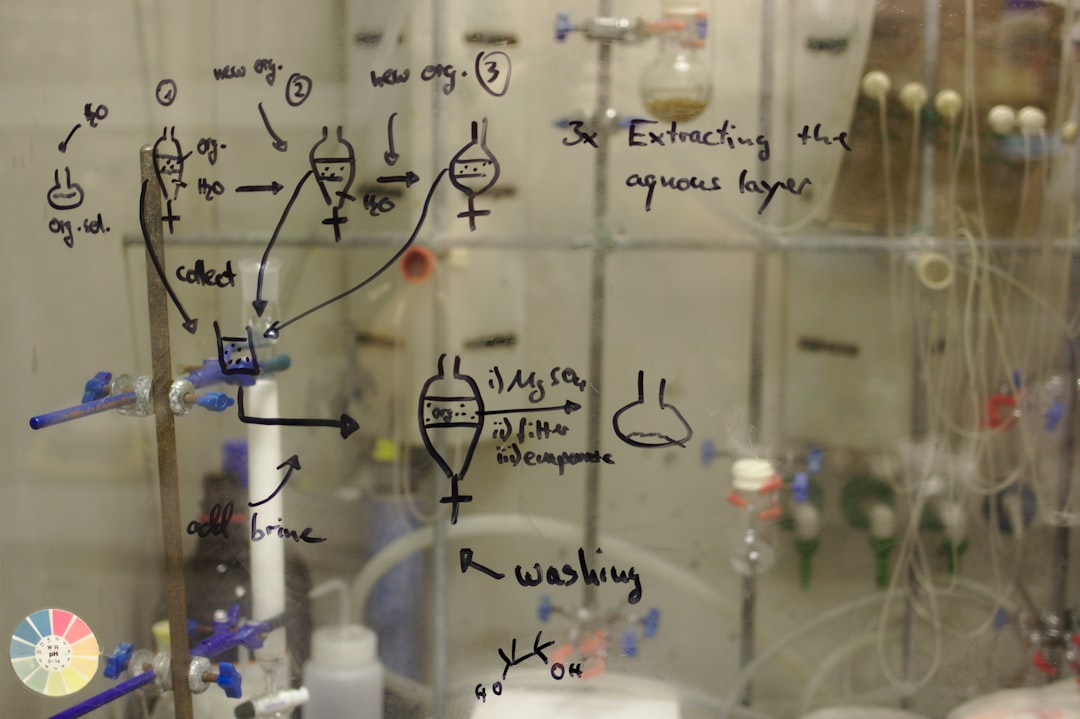What is it about?
This research paper describes the application of a didactic innovation project. Visual materials have had an increasingly powerful projection in Education, especially for the development of new methods, media and didactic materials. As a result of researchers interested, Visual Literacy has emerged as an academic field developing research and didactic effectiveness of the image, and digital competences and academic literacy as instruments to be integrated into curriculum of higher education for its excellence.
Featured Image

Photo by Louie Martinez on Unsplash
Why is it important?
Images, in any format, act as a powerful stimulus for learning, but to generate knowledge it must not only be projected into motivation, it must also ensure that "visual concepts" are "labelled" in their mind for their assimilation and subsequent reuse in the resolution of hypotheses and decision-making in scientific, academic and everyday life. The absence of these visual competence programmes means that the educational use of images is hampered by two problems: their inoperability due to the predominance of "prejudices", that is to say, the values learned in the use of images by analysing them from an advertising perspective, as an illustration of the written text, an aesthetic and testimonial vision; the use of images as a flat and linear mode of contemplation, of passive and evocative visualisation, without taking into account an active, participative and interactive use, as a way of immersion in realities capable of replicating the experiments of the tangible world. The project's 0 assessments and diagnoses provided clear evidence of this situation.
Perspectives
The development of the teaching innovation project has provided other evidence: specific web-based teaching materials are needed for these programmes, a line of research that is progressing steadily in the field of digitalisation and virtualisation, but which must produce clearer results: the exercises and practices of Visual Literacy must necessarily result from the specific objectives and competences of the areas of knowledge whose development depends on the efficient use of images to train future professionals
Miguel-Angel Marzal
Universidad Carlos III de Madrid
Read the Original
This page is a summary of: A didactic innovation project in Higher Education through a Visual and Academic Literacy competence-based program, Education for Information, August 2019, IOS Press,
DOI: 10.3233/efi-190284.
You can read the full text:
Contributors
The following have contributed to this page










